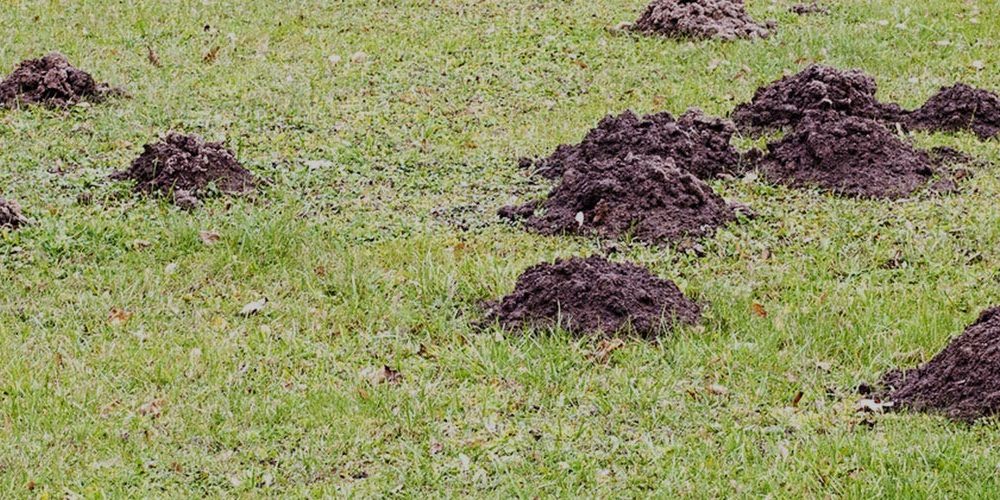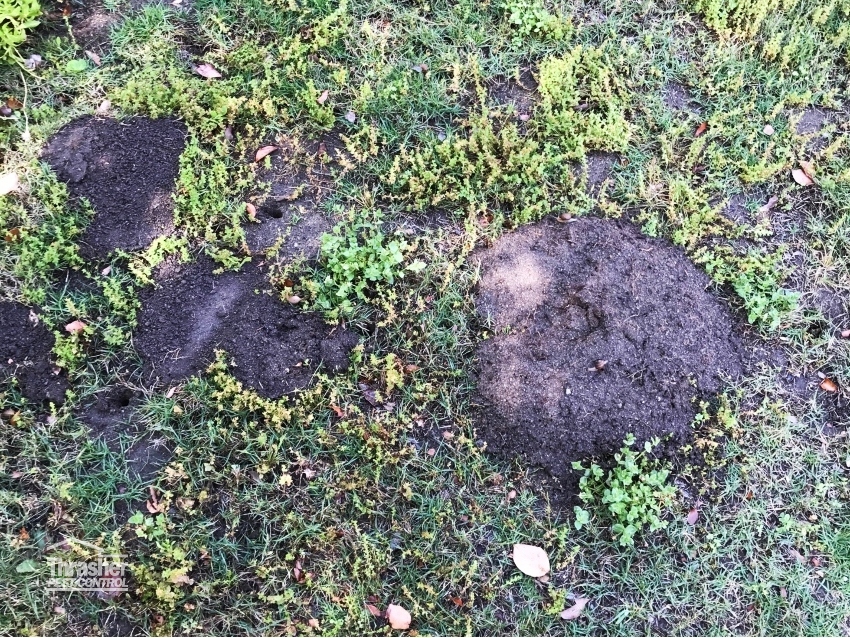Secure Your Garden: Proven Gopher Yard Damage Solutions
Secure Your Garden: Proven Gopher Yard Damage Solutions
Blog Article
Ultimate Parasite Control Solutions for Tackling Persistent Gopher Infestation Issues
In the world of bug control, gophers provide an unique challenge due to their consistent nature and devastating behaviors. By checking out a detailed approach that includes understanding gopher actions, utilizing specialized trapping techniques, taking advantage of repellents, and adopting long-lasting avoidance methods, a path towards efficient gopher management emerges.
Comprehending Gopher Habits Patterns
Analyzing gopher actions patterns supplies beneficial understandings into their choices and routines, aiding in the growth of effective insect control strategies. Comprehending just how gophers act is crucial in devising successful parasite management strategies.
Gophers are delving rodents known for their extensive tunneling activities. gopher lawn damage. By observing their habits, scientists have found that gophers are territorial animals, with each gopher typically populating its very own passage system. These tunnel systems offer different functions, consisting of nesting, food storage, and defense from killers
Additionally, gophers exhibit specific feeding patterns, preferring roots, bulbs, and various other below ground plant parts. By recognizing their nutritional preferences, pest control specialists can tactically lure catches or apply repellents that target these food resources, successfully reducing gopher populations.
Moreover, gophers are most active during certain times of the day, commonly morning and late mid-day. This expertise can aid in scheduling bug control activities for optimum effectiveness. Generally, an extensive understanding of gopher actions patterns is essential for executing targeted and effective pest control measures.
Efficient Catching Methods
Comprehending one of the most efficient capturing strategies is vital for effectively handling gopher infestations and decreasing damages to property. When taking care of gophers, traps are a humane and effective approach for control. Among one of the most frequently used catches is the box trap, which catches gophers to life so they can be launched somewhere else. Placing traps in energetic tunnels is critical for success. Recognize active tunnels by pushing down the ground; those repaired overnight are energetic. Setting catches at passage entrances or generally tunnel itself enhances the chance of catching gophers. It is essential to check catches frequently to guarantee trapped gophers do not experience and to get rid of recorded gophers without delay. Additionally, effectively preserving catches by cleansing and resetting them boosts their effectiveness. When utilizing traps, patience is vital as it might take some time to capture all the gophers. By employing these efficient trapping techniques, building owners can successfully take care of gopher problems and secure their landscapes.
Using Repellents and Deterrents
To complement the efficacy of trapping methods in managing gopher problems, residential property proprietors can check out the utilization of repellents and deterrents as extra tools in their insect control arsenal. Deterrents, on the other hand, objective to make the setting much less appealing to gophers by using resonances or sound to mimic killers or develop disturbances that make the location inhospitable for gophers. When integrating repellents and deterrents into a parasite control strategy, it is important to adhere to application guidelines carefully and frequently reapply the products to preserve their efficiency in discouraging gophers from triggering damages to homes.
Implementing Natural Control Methods

Gopher catches can be positioned purposefully in energetic tunnels to capture and get rid of the insects. These traps are a gentle method to manage gopher populaces without resorting to poisonous substance or hazardous chemicals. By incorporating these natural control methods, it is possible to properly handle consistent gopher invasions in an eco-friendly fashion.
Incorporating Long-Term Prevention Strategies
To develop enduring control over gopher problems, it is important to incorporate positive steps that concentrate on stopping future events. Applying long-lasting prevention strategies can dramatically reduce the probability of gopher re-infestations.
An additional important element of lasting avoidance is preserving a well-kept garden or backyard. Gophers are attracted to locations with abundant food sources like light bulbs, plants, and roots. By keeping vegetation well-trimmed and eliminating excess particles, you can make your residential or commercial property less appealing to gophers. Moreover, exercising correct waste administration by getting rid of organic materials immediately can aid hinder these parasites from taking up residence on your land. By integrating these positive procedures into your parasite control technique, you can develop a hostile setting for gophers, ultimately lowering the chance of future infestations.

Verdict
To conclude, resolving gopher problems calls for a comprehensive method that combines trapping strategies, repellents, natural control techniques, and long-term avoidance strategies. By recognizing gopher behavior patterns and making use of a mix of these solutions, home owners can properly handle relentless infestations and protect against future events. It is very important to continually keep an eye on and keep these pest control procedures to guarantee a gopher-free environment.
By checking out a thorough strategy that includes understanding gopher actions, using specialized trapping methods, utilizing repellents, and adopting long-lasting prevention methods, a course towards effective gopher monitoring arises. By observing their behavior, gopher lawn damage researchers have actually discovered that gophers are territorial creatures, with each gopher usually occupying its own tunnel system. It's essential to examine traps frequently to ensure trapped gophers do not endure and to get rid of caught gophers without delay. Deterrents, on the other hand, purpose to make the setting less attractive to gophers by utilizing vibrations or sound to mimic killers or create disruptions that make the location inhospitable for gophers. Furthermore, planting certain greenery that gophers dislike, such as castor bean plants or gopher spurge, can act as a deterrent.
Report this page